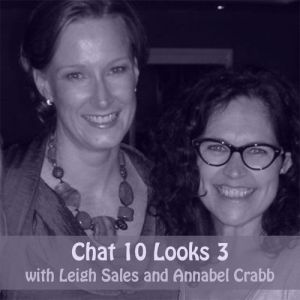2012, 247 p.
She’s certainly versatile, is P. A (or Paddy). O’Reilly. I’ve read her book The Factory and was kindly (thank you Lisa) given a copy of The Wonders, but am rather embarrassed to say that have not yet read it yet (a TBR#20 contender perhaps?) Both of these books have little in common with The Fine Colour of Rust which is a light, humourous read, ideal for a book group (which is how I came to read it) or just for a lay-back-and-enjoy read.
Loretta Boskovic is one of three sisters, named by her mother in tribute to women country-music singers (her sisters are Tammy and Patsy). She lives a country life, and in many ways it reflects the staples of country-music lyrics: a small town, a no-good husband, and single motherhood. But there’s no misery here: Loretta is funny, self-deprecating and a crusader for her small rural local community of Gunapan. Her children’s local school is threatened with closure, and so Loretta charges up the Save our School Committee, regales the local MP on his fleeting visit to the school, and has a partial success. It is not long before she becomes aware of other nefarious doings involving local movers-and-shakers and big money.
I don’t live in a small town, but largely because of my participation in the Heidelberg Historical Society, I am involved in local community action about heritage and development issues. I haven’t yet earned ‘regular feature’ status at Council meetings, but I’ve been often enough to see grassroots politics in action, and Loretta’s activism and community involvement rings absolutely true to me. I’ve met several “Lorettas” in committees, in local politics, at the school gate. They are the sinew of local life.
Her husband has breezed back into town with a new girlfriend in tow, and she watches sadly as her teenaged daughter reads significance into his fleeting visit. Her kids drive her crazy, and she loves them like mad. She has women friends who she doesn’t always treat well, and her friend Norm, the old scrap-metal collector up the road, is a steady backstop and surrogate grandfather for her children.
When we discussed the book at bookgroup, we found ourselves calling “But what about when….” and flicking through to find yet another small snippet that had us laughing anew. I didn’t even notice that the book was written in the present tense, and at times I had a lump in my throat just a couple of pages after laughing aloud.
The Fine Colour of Rust is an affectionate lovesong to community, to friendship, to motherhood and to small country life. It’s not high literature, but it’s honest to the core.
 I’ve added this to the Australian Women Writers Challenge website
I’ve added this to the Australian Women Writers Challenge website










